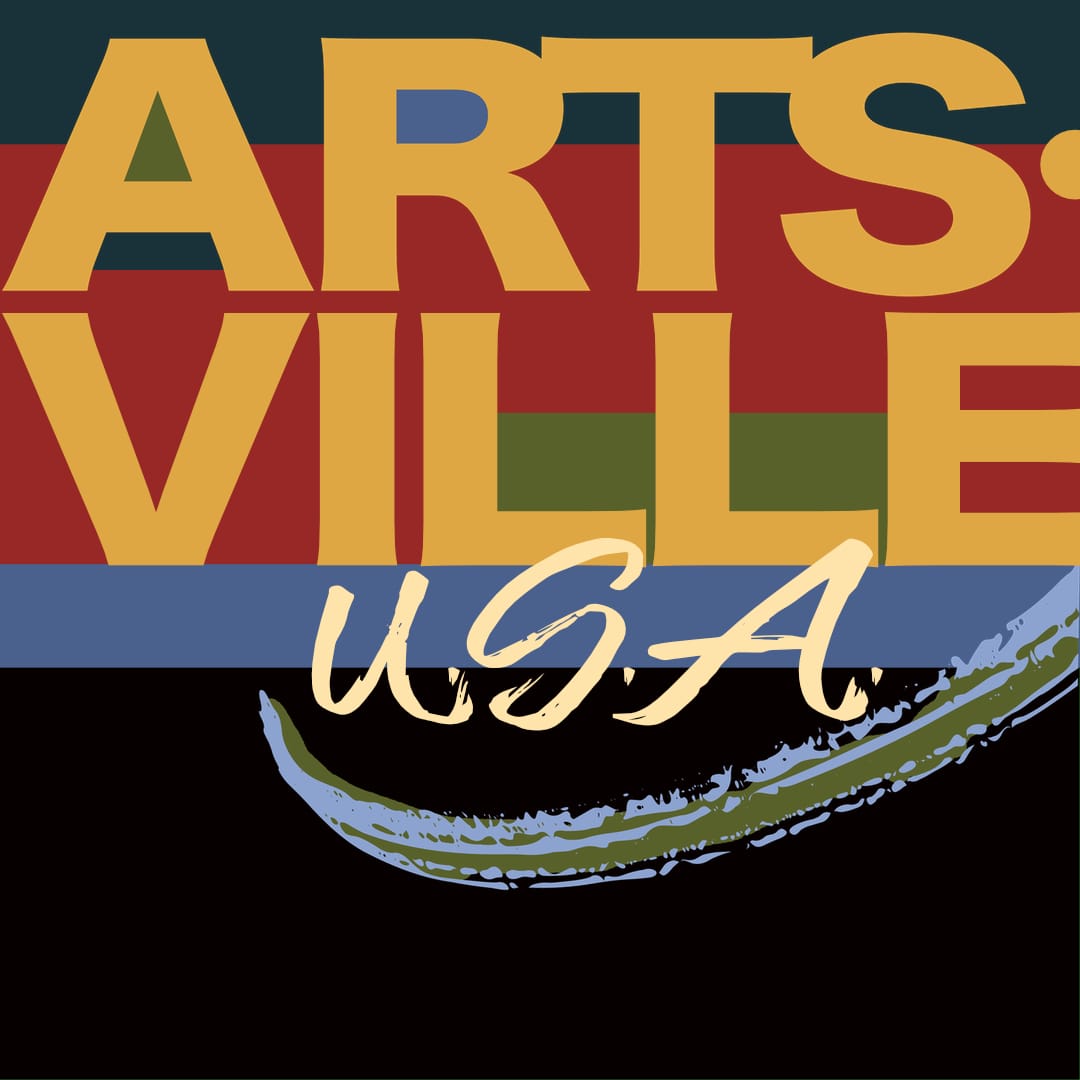From Concept to Collection: How Jim McDowell’s New Face Jug Made It to the Nasher Museum Collection [Part III]
We’re closing out this three-part series with Jim McDowell as he shares his inspiration for the 'Red Tails' face jug, now in the collection at the Nasher.
![From Concept to Collection: How Jim McDowell’s New Face Jug Made It to the Nasher Museum Collection [Part III]](https://d37oebn0w9ir6a.cloudfront.net/account_33748/part-iii_adcf23b931bb31db78e4e6281d5a657d.jpg)
Welcome to part three of the three-part series From Concept to Collection: How Jim McDowell’s New Face Jug Made It to the Nasher Museum Collection. In part one, Susan Hershfield, art collector and donor, provided background on how she connected Jim McDowell (aka the Black Potter) with the Nasher Museum of Art at Duke University. Part two included Artsville’s interview with Marshall Price, the chief curator at the Nasher Museum. To close out this series, Jim McDowell shares his inspiration for the collected face jug, “Red Tails,” and the feeling that comes with having his work in the collection at the Nasher Museum.
From Jim McDowell; The Artist
It’s a high honor for me to have my work purchased by a museum, particularly the prestigious Nasher at Duke University. Of course, this lends credibility to what I create, but moreover my objective of sending out my messages to the world through my artwork is met in a tremendous way. I’ve been called “a ceramic activist” by one journalist. For the most part, each one of my face jugs or sculptural works is a statement against racism. I inscribe in the clay a message on the backs of most pieces, and “Red Tails” is no exception. As a Black artist, my job is to tell the stories of how my people not only mastered their objectives, but overcame obstacles, especially racism, and persevered to achieve greatness.

About the “Red Tails” Face Jug
I’ve always been fascinated by airplanes. My favorite airplane from WWII has always been the P-51 Mustang flown by the Army Air Corps pilots of the Tuskegee Army Airfield nicknamed “Red Tails.” As a young adult, I became aware of the Black troops and their struggles to become a fighting unit in the war effort. They were relegated to escort duties, protecting the bombers. They decided to paint the plane tails red for better identification and to set themselves apart. On one particular mission in Italy when they lost no bombers, a military officer recognized the unit and lauded them through the ranks as competent, efficient, and a unit that always did the job.
When I thought about making the piece, I knew the helmet, goggles, and ear protectors were important, but especially the drop tanks. I placed one on each side of the piece. These carried extra fuel so the Red Tails never had to leave a mission.
When I began this piece, I thought of how it was historical, but also remembered my Uncle Dan, a Black fighter pilot in the war. I wasn’t making it for a museum, but to honor a family member; Colonel Charles Anderson, the head instructor at the Tuskegee Army Airfield; and to honor the victories of the Red Tails.
Once I spoke with the curator Marshall Price and began to see how “Red Tails” correlated with his intentions for the Nasher, it seemed like the best choice and I’m glad he agreed. I am greatly appreciative of Artsville Collective and Louise Glickman for supporting my work; of Susan and Michael Hershfield for believing in it and understanding it; and of Marshall Price for visiting me, for choosing [“Red Tails”], and for feeling it.


About the Artist
As of 2023, [Jim’s] work will be among the acquisitions of the following museums: The Nasher Museum, Duke University; the Krannert Art Museum, University of Illinois; Birmingham Art Museum, Birmingham, Alabama; the Los Angeles County Museum of Art; and the North Carolina Museum of History in Raleigh. To see more of his work, please click here.
About the Nasher Museum’s Collection
Since opening in 2005, the Nasher Museum has been dedicated to building a groundbreaking collection of contemporary art. In this effort, the museum recognizes and supports global artists of extraordinary vision, whose works spark opportunities for deep and thoughtful engagement. The Nasher’s collecting strategy emphasizes works by diverse artists who have been historically underrepresented, or even excluded, by mainstream arts institutions, and maintains a particular focus on artists of African descent. This strategy also includes work by emerging artists, self-taught artists, and outstanding work by artists who live in North Carolina and the South who contribute to the surrounding creative community. To learn more, please click here.
